Broadway won’t document its dramatic race problem, so a group of actors spent five years quietly gathering this data themselves
One actor’s Facebook rant started a movement.


One actor’s Facebook rant started a movement.
In the spring of 2011 performer Pun Bandhu was rejected from the final-round of auditions for an Off-Broadway play. Bandhu, an award-winning actor with more than ten years of experience, was familiar with the up-and-downs of casting calls. This time though, it was different. The role he had lost out on had been a rarity, a lead that actually called for an Asian-American man.
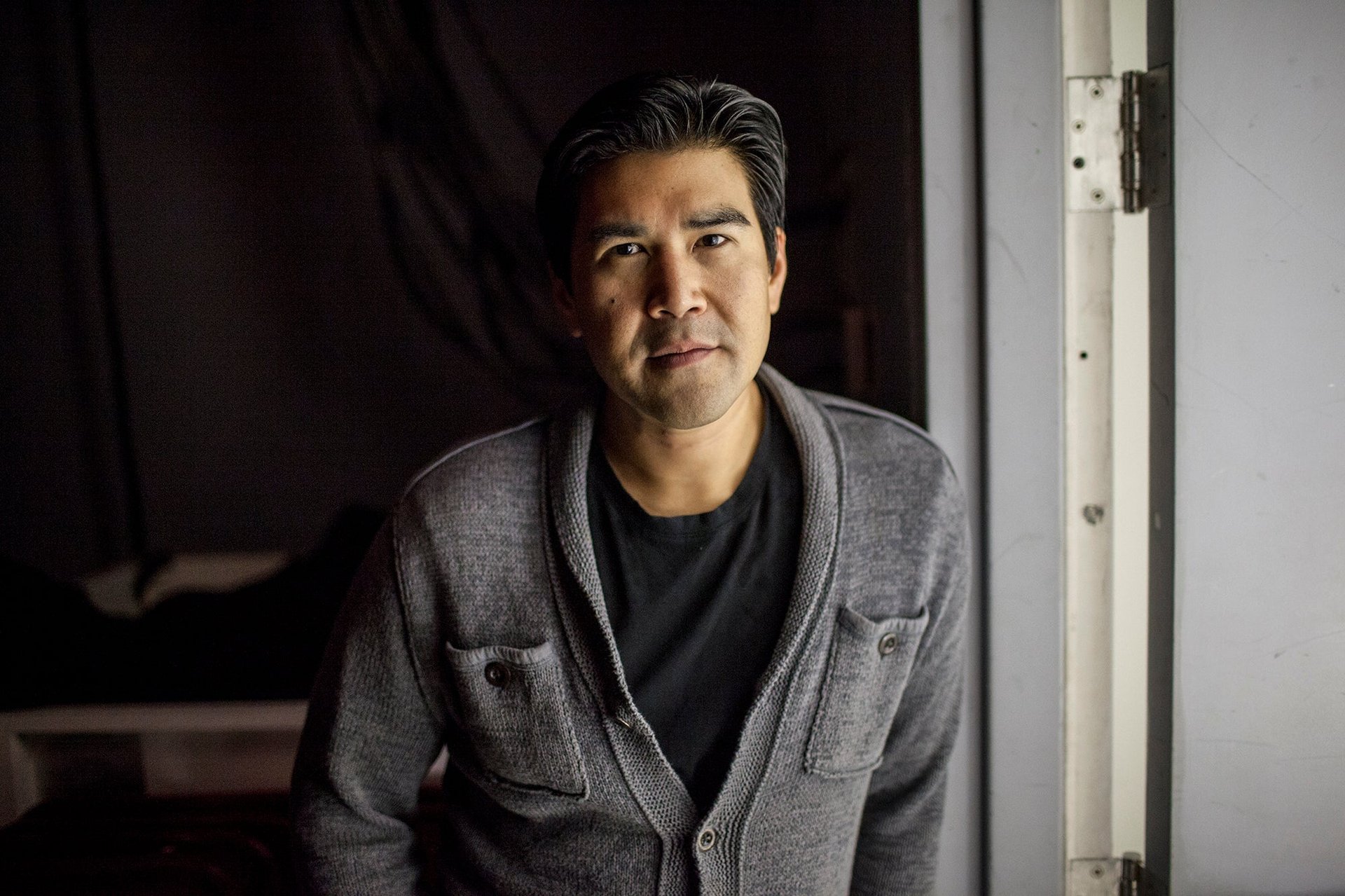
Bandhu turned to Facebook to air his exasperation. “It just seems like things in theater are getting worse for Asian-Americans,” he typed. “Not better.”
The reaction was instantaneous: Asian-American actors and actresses chimed in with stories about their own lack of opportunity. The post was shared over and over. It ultimately racked up nearly four hundred comments.
Compared to the #OscarsSoWhite controversy that has clung to Hollywood for the past two years, Broadway seems like an entertainment industry success story.
Its most recent season, 2015-16, saw people of color nominated in 14 of 40 Tony Awards categories. There was a celebrated musical revival that contained deaf and wheelchair-using performers. And of course, there is the ascendance of Hamilton, the mega-successful hip-hop musical that features a multi-ethnic cast in the roles of America’s white founding fathers.
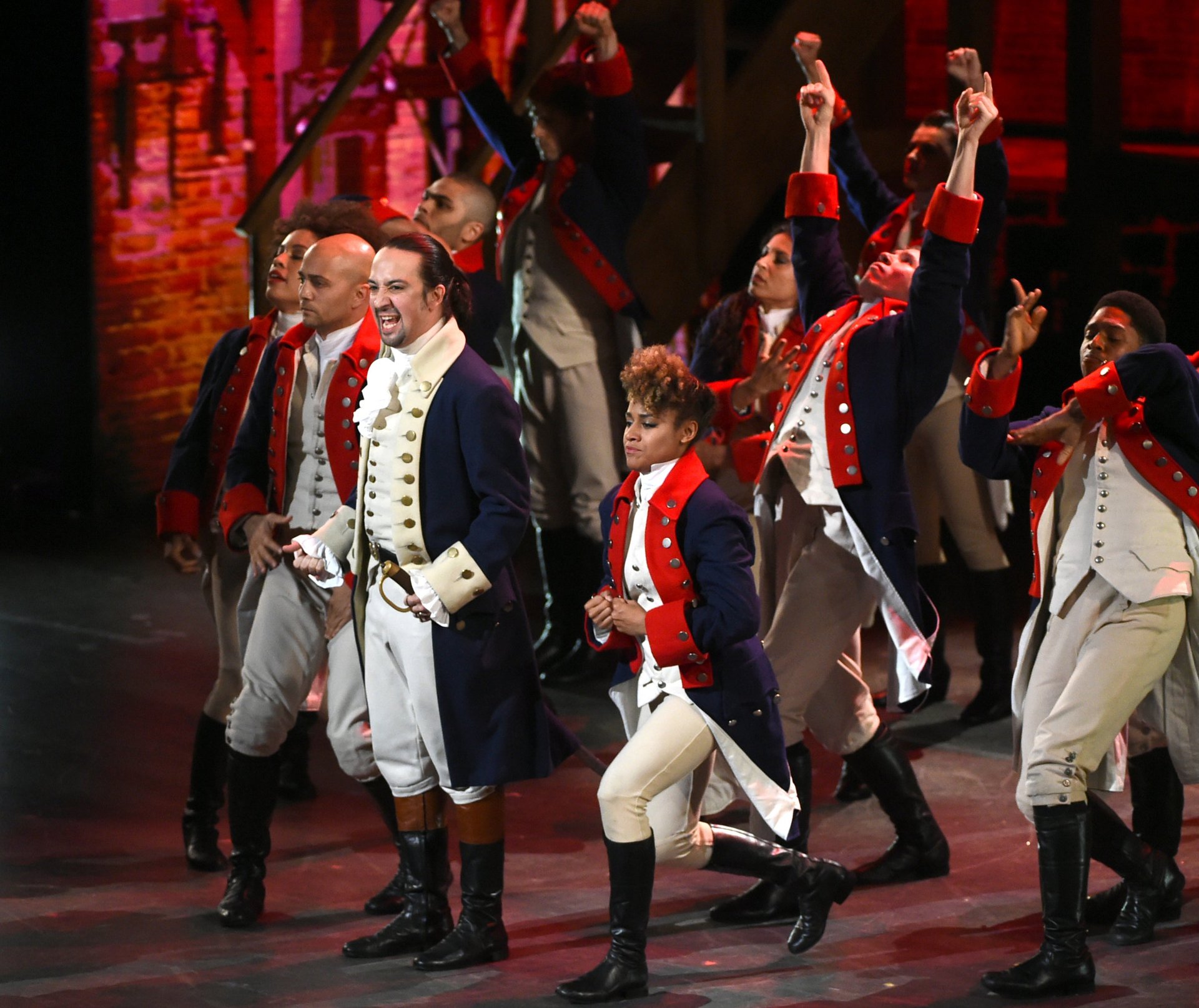
But these examples mask deeper questions of what diversity really looks like on Broadway.
Bandhu had given voice to people’s frustrations on Facebook, but in real life he had no way to prove that what they were experiencing was systemic. The theater industry does not keep data on the race and ethnicity of Broadway actors. It does, however, collect vast amounts of information about everything else.
Broadway is a billion-dollar juggernaut. The 2015-16 season saw 13.32 million tickets sold, 220,000 more than the year before. In the last five years, shows grossed more than $6 billion. It’s not surprising that the industry’s national trade organization, The Broadway League, keeps a meticulous accounting of seats, ticket sales and cast lists, all of which are updated weekly at the Internet Broadway Database.
But the reason it doesn’t collect demographic data about its performers, according to a representative at the Broadway League, is because it relies on “self-identification of ethnicity and therefore don’t have accurate data.” That hasn’t prevented the League, however, from collecting the same type of demographic information about its audiences.
Race/ethnicity of Broadway Audiences, 2014-15
Source: “The Demographics of the Broadway Audience” by The Broadway League Research Department
In the weeks following his post, Bandhu organized a meeting for Asian-American performers to talk about the state of the industry. The response, once again, was overwhelming. Over one hundred people showed up. What emerged was the creation of the Asian American Performers Action Coalition (AAPAC). It’s primary mission: to track racial demographic data in the industry.
The data show that white actors dominate Broadway
It took AAPAC months to put together the first of what would become annual reports about the state of the industry, focusing on both Broadway and Off-Broadway theaters. (Off-Broadway tends to be smaller and not-for-profit, but no less important for professional actors and actresses.) AAPAC also has worked with Quartz to clean, re-structure and analyze the data, and to make it available here for the first time.
The numbers show that in many respects AAPAC was right. For the past seven seasons white actors have monopolized the stage on and off Broadway, accounting for somewhere around 80% of roles, a ratio that has seen little fluctuation over time.
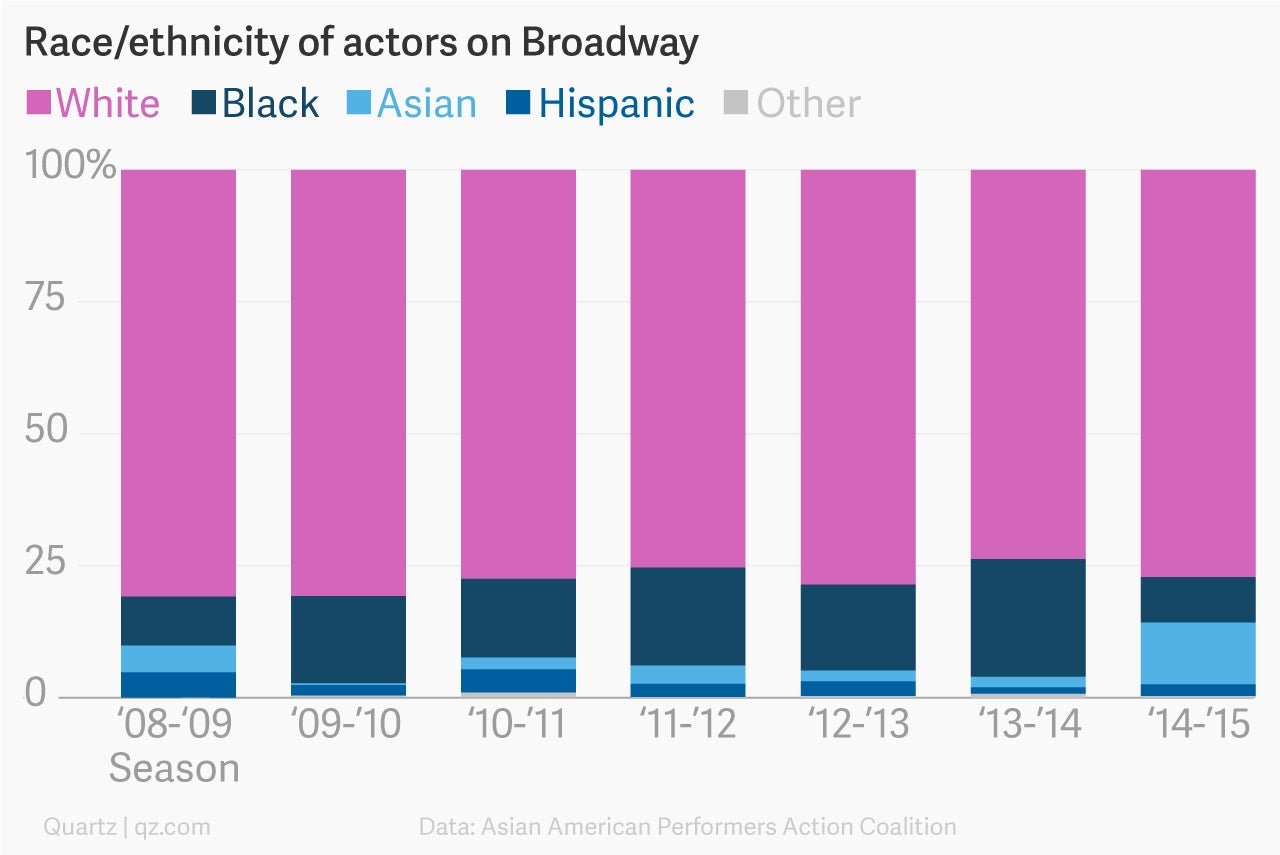
If you split Broadway genres into plays and musicals, white actors dominate both. Plays, which are generally regarded as riskier endeavors for producers, make less money than musicals ($181 million versus $1.17 billion in the 2014-15 season). Musicals draw more tourists as well as reliably contain more roles for people of color.
But there is not much difference in diversity if you compare plays to musicals. Whites have held 84.5% of roles in plays versus 74% of roles in musicals, making them still the most highly represented group on Broadway’s stages by far.
Of all non-white performers, AAPAC’s stats show that blacks get the most roles. Given the long and troubled history of Black Americans in the American entertainment industry (pdf) this is to be expected. The 2013-14 season was best for black performers, they were 22% of the 600 actors on stage. The season saw two productions with a majority of black performers: After Midnight, with a 100% black cast, and A Raisin In The Sun, which had 15 black actors and 2 white ones.
Trailing significantly behind Black Americans, Asian-Americans are the non-white group with the second highest levels of representation on Broadway’s stages. Hispanics come in third, and the nebulous group of “Other”, which consists of Native American, Arab, and Middle Eastern performers, pulls up the rear with abysmally low numbers (typically less than 1% of all roles).
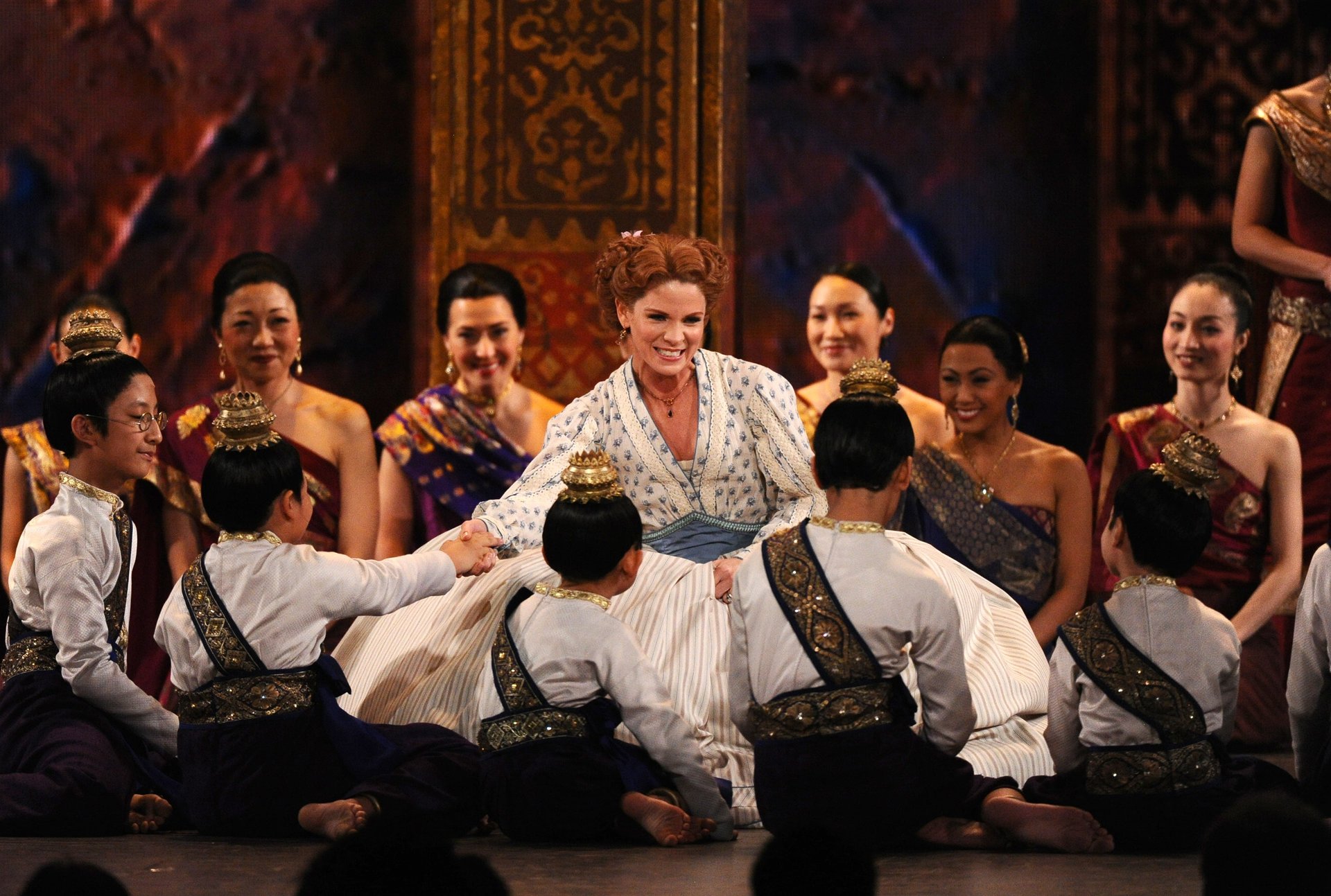
The best season for Asian-Americans was 2014-15, which saw them landing 75 out of the total 642 roles on Broadway. Closer examination shows that it’s largely due to just one production: The King and I, which features lots of Asian-American performers, but centers around a white character.
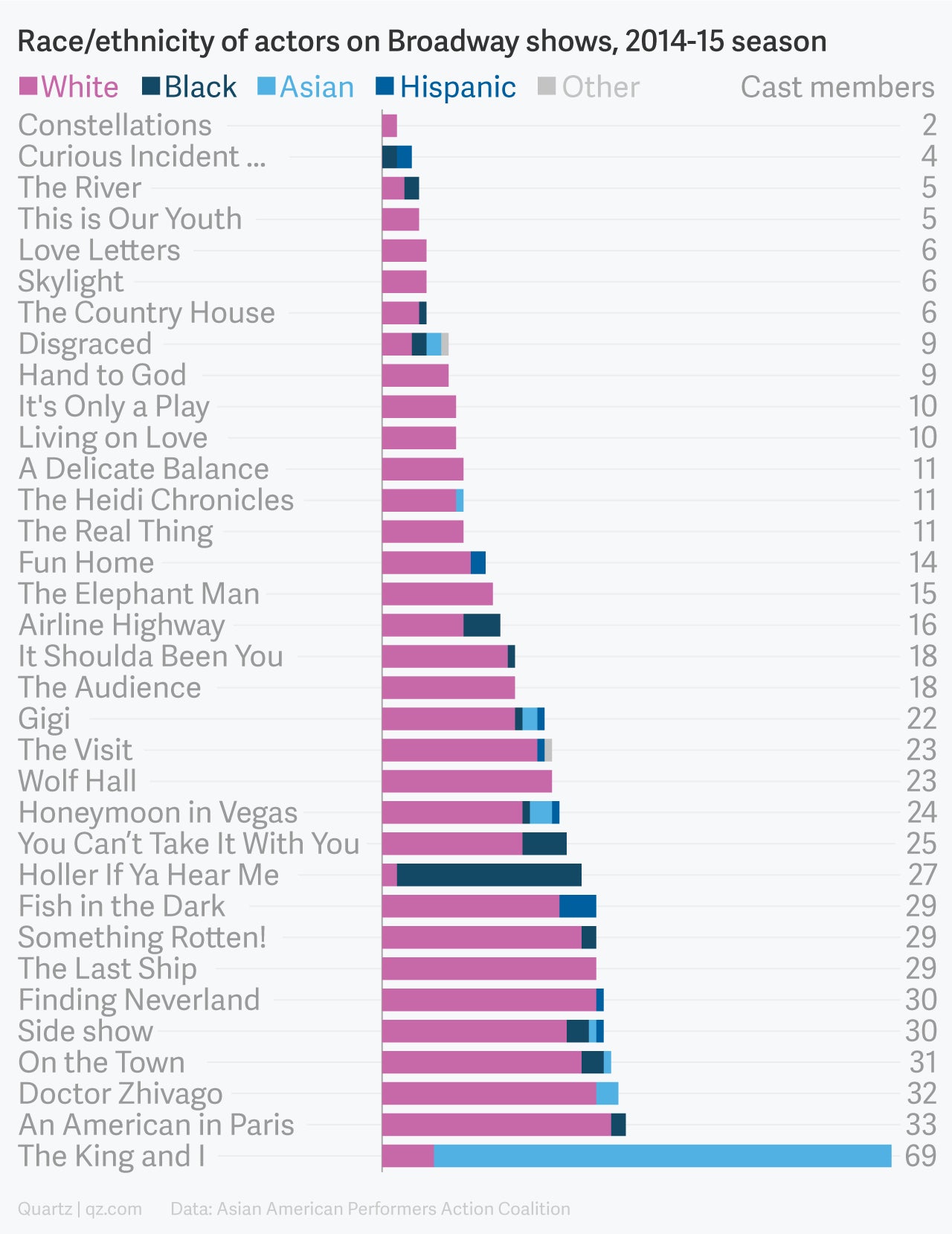
A rare production might give actors of color the high numbers of roles, but all too often those parts are one-dimensional, stereotypical, or vestiges of a not-too-distant racist history. Bandhu called this a double-edged sword. It provides employment for Asian-American actors while simultaneously perpetuating stereotypes.
How to create diversity on stage
Roles for non-white actors are scarce, so scarce in fact that Bandhu politely but firmly refuses to talks about his ethnicity for fear of being pigeon-holed. He points out that “White actors are never asked if they are actually British or Irish.” Complicating matters, minority actors are typically limited to roles written specifically for them, leaving them at the mercy of the playwrights and/or the choices made by theater companies about what to produce.
There is a way to address the scarcity of roles for people of color on Broadway, but the industry has yet to embrace it: many of the 80% of roles going to white performers can be filled by actors of color.
There’s a name for such a phenomenon. It’s called non-traditional casting, and it’s defined by Actor’s Equity as “the casting of ethnic minority Actors, female Actors, senior Actors, and Actors with disabilities in roles where race, ethnicity, gender, or the presence or absence of a disability is not germane to the character’s or play’s development.”
AAPAC immediately recognized the power of tracking non-traditional casting. It’s a metric of imagination: it shows how likely casting directors, and the theater industry at large, are able to envision non-white actors playing the broad variety of roles that have been afforded to their white counterparts for decades.
It is also the metric that has shown the fewest signs of increasing.
Non-traditional casting on Broadway
Source: AAPAC
When Broadway and Off-Broadway numbers are considered together, non-traditional casting rates have hovered steadily around 10% of all roles for years. And while the disaggregation of the two sectors shows that Off-Broadway numbers have increased since the 2012-13 season, the same cannot be reliably said for Broadway.
The variability and lack of steady increase on the numbers suggest that while in recent seasons there might be more roles being written for and shows being produced that feature people of color, there’s no evidence of people of color being asked to audition more for the current crop of existing roles.

This might be the most frustrating thing of all for minority performers. It points to the crucial ways in which the theater world remains segregated. And while actors of color are seeing what Bandhu calls a “renaissance” in terms of interesting new work being written for them (Vietgone, Here Lies Love), there’s an invisible fence that keeps them from stepping out of the narrowly defined roles that are allotted to them.
Looking toward a future of equal-opportunity casting
AAPAC’s push to release yearly reports about diversity on Broadway has been positively received by the commercial and non-profit theater sectors. Many Off-Broadway theater companies have reached out to the team for private conversations and in 2015, AAPAC received a grant from the Ford Foundation which they hope to use to extend their system for collecting demographics to theaters across the US.
What AAPAC’s data prove is that there is a difference between declaring the importance of more roles for people of color and ensuring that those performers actually get roles. Turning inclusivity into reality is challenging and it may only become more so given the US political climate. Anti-immigrant sentiment is on the rise and the ideals of diversity and inclusion are under threat.
Bandhu worries about the future, but he insists on staying positive. He has had auditions recently for non-traditionally cast parts and sees his current role in a successful Off-Broadway play, Plenty, as a sign of progress.
“Our main goal was to open up equal access opportunities and for now, it seems like it’s moving in that direction.” But just as in the theater world, the bulk of that work must play out quietly, slowly, and behind the scenes.
You can click here to find the data and the methodology behind it’s collection, which is being made available through a collaboration between Quartz, AAPAC and Mimi Onuoha, the author of this piece.